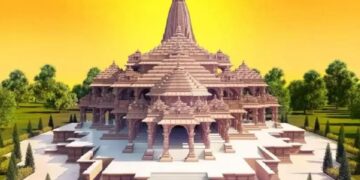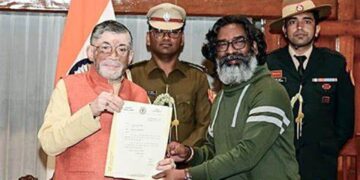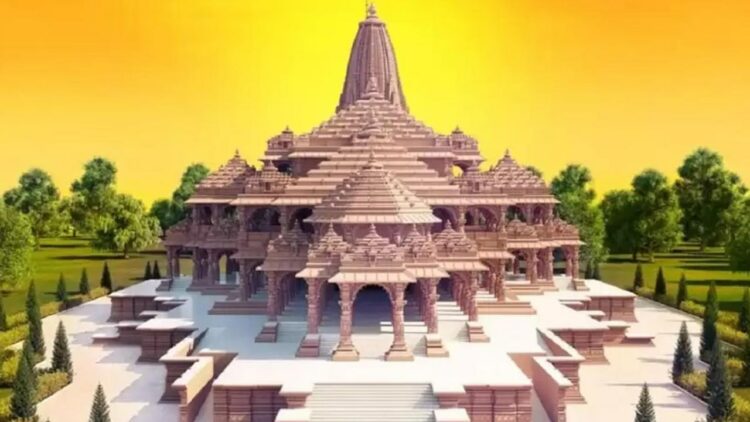Yesterday, the Pran Pratishtha ceremony of Ram Mandir was completed joyfully in Ayodhya, where thousands of devotees came to see the grand ceremony; the whole country has been filled with joy, and tens of thousands of Diyas are lit throughout India. The ceremony has been completed successfully, but do you know the historical timeline of this Ayodhya Land Dispute?
History of Ayodhya Land Dispute
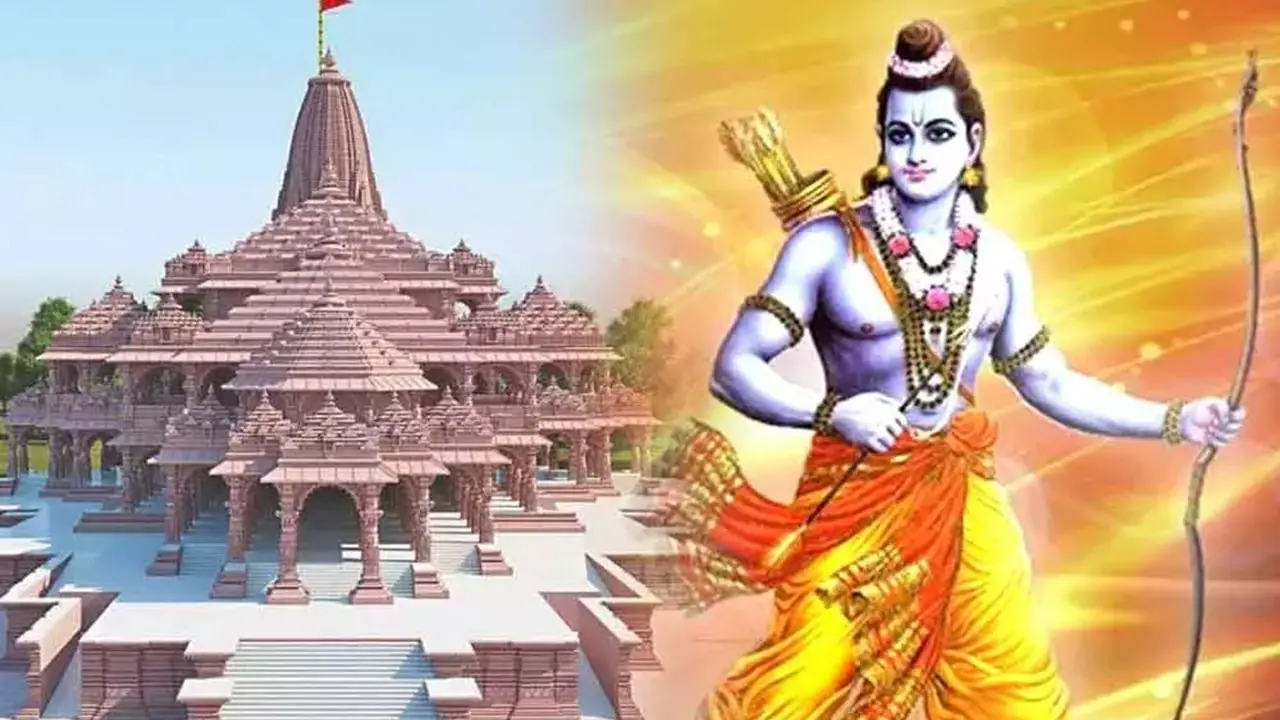
Read Also: Vadodara Boat Tragedy: 16 Lives Lost, Including 14 School Children and 2 Teachers
Here, we will go through the historical timeline of the Ayodhya land Dispute from the Babri Masjid dispute to the Pran Pratistha Ceremony of Ram Mandir.
Historic Timeline of Ayodhya Land Dispute
- So the dispute started when the Babri Masjid was built on the Ram Janambhumi in 1528 by the Mir Baqi, the commander of Mughal Emperor Babur.
- Then, in 1885, Mahant Raghubir Das filed a lawsuit in the Faizabad District Court seeking permission to build the canopy outside the disputed Land of Ram Janambhumi – Babri Masjid structure. However, the court has rejected the plea of the same.
- However, In 1949, the Idol of lord Ram was installed outside the disputed structure at the central dome.
- In 1950, Gopal Simla Visharad filed a lawsuit in the District Court of Faizabad for seeking the right to worship the idol of Ram Lalla.
- In 1959, Nirmohi Akhara filed a lawsuit seeking the possession of the disputed land of Ayodhya.
- However, in 1961, a plea was filed to restore the property to the Muslims.
- In 1981, the UP Sunni Central Waqf board pleaded for the site’s ownership.
- However, on 01 February 1986, the local court directed the government to open the site to Hindu worshippers.
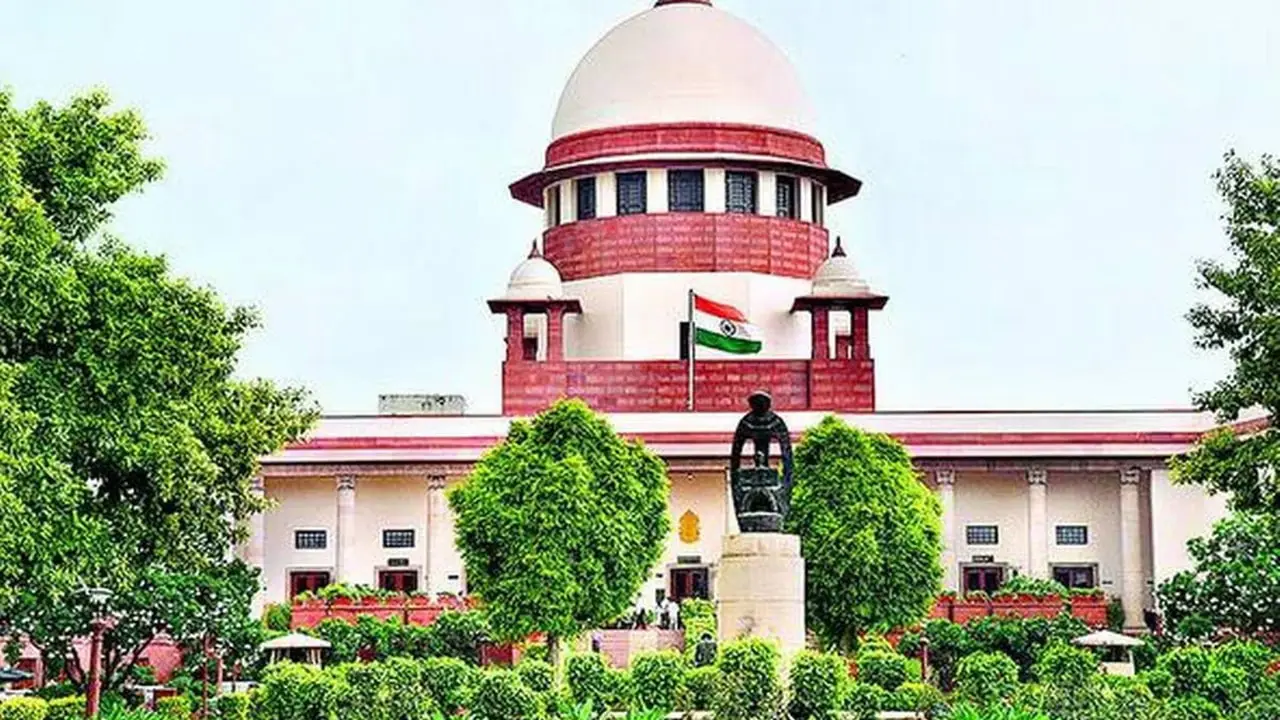
- On 14 August 1986, the Allahabad High Court ordered maintaining the status quo concerning the Ayodhya land dispute.
- On 06 December 1992, the Ram Janmabhumi – Babri Masjid structure was demolished.
- On 03 April 1993, the Center passed an act of “Acquisition of Certain Area at Ayodhya Act for acquiring the land in the Ayodhya Land dispute case.
- However, various petitions have been filed in 1993 to challenge various aspects of the Act at Allahabad High Court.
- But on 24 October 1994, the Supreme Court announced a hostile Ismail Faruqui case and said that the mosque was not an integral part of Islam.
- In April 2002, the High Court started hearings to determine who owned the disputed site of the Ayodhya Land dispute.
- On 13 March 2003, the Supreme Court ordered no religious activity in the disputed area, citing the Aslam alian Bhure case.
- On 14 March 2003, the Supreme Court ordered that the iternrmim order, which had been passed, should be operative until the civil suit in Allahabad High Court disposed to maintain harmony in the community.
- On 30 September 2010, the High Court ruled that the disputed land would be divided between the Sunni Waqf Board and Nirmohi Lahar and Ram Lalla in 2:1 Majority.
- On 09 May 2011, the Supreme Court stayed at the verdict of the High Court for the Ayodhya Land dispute.
- However, on 26 February 2016, Subramanian Swamy filed a lawsuit in the Supreme Court seeking permission to construct the Ram Mandir on the disputed site.
- On 21 March 2027, Chief Justice JS Khehar suggested an out-of-court settlement between the rival parties,
- On 07 August 2017, the Supreme Court of India constituted a three-judge bench to hear the plea challenging the verdict of Allahabad High Court of 1994.
- On 08 August 2017, the UP Shia Central Waqf Board told the Supreme Court of India that a mosque could also be built in the Muslim-dominated area at a specific distance from the disputed land related to the Ayodhya Land dispute case.
- On 11 September 2017, the Supreme Court directed the High Court of Allahabad to nominate two additional judges to oversee the deal within ten days for the upkeep of the Ayodhya land dispute.
- On 20 November 2017, the Shia Central Waqf board of UP told the Supreme Court of India that The Ram Mandir could be built in Ayodhya and a mosque in Lucknow.
- But on 01 December 2017, over 32 civil rights activists filed a plea to challenge the 2010 verdict by the Allahabad High Court.
- Supreme Court started hearing those pleas by 08 February 2018.
- However, the Supreme Court rejected all the pleas on 14 March 2018, seeking to intervene as parties in the plea.
- On 06 April 2018, Rajeev Dhavan filed a plea in the Supreme Court, referring the reconsideration of the observation on its judge of 1994 to a large bench.
- However, on 06 July 2018, the Government of UP told the Supreme Court that some Muslim groups were trying to deal with the hearing by seeking the observation of the 1994 Verdict.
- On 20 July 2018, the Supreme Court of India reserved the verdict.
- On 27 September 2018, the Supreme Court of India rejected to refer the case to the 5-judge bench.
- But in January 2019, the Supreme Court set up a 5-judge constitution bench to hear the case, which Chief Justice Ranjan Gogoi headed.
- In April 2019, Nirmohi Akahar opposed the center’s plea to return the disputed land to the owners.
The decade-long Ayodhya Land dispute ended when the Supreme Court delivered a historical judgment on 09 November 2019, ending the Ayodhya Land Dispute of almost 70 years. Supreme Court of India has ordered that the 2.77 acres of land be transferred to a trust, which the Indian Government will build to construct the Ram Mandir. Apart from this, the Supreme Court has also allotted 5 acres to Muslims for the repentance of a mosque in Ayodhya.
Indian PM Modi laid down the founding stone for the construction of the Ram Mandir on 05 August 2020, and now we have witnessed a grand Pran Pratishta Cemerony of the idol of Ram Lalla in the temple on 22 January 2024.
So, this was the years-long history of the Ayodhya Land Dispute. I hope this information has added to your knowledge. So what do you think about the Ram Mandir in Ayodhya, please let us know in the comment section below.
To get more out of our exclusive news, Join us on our WhatsApp Channel, Facebook, and Instagram.
